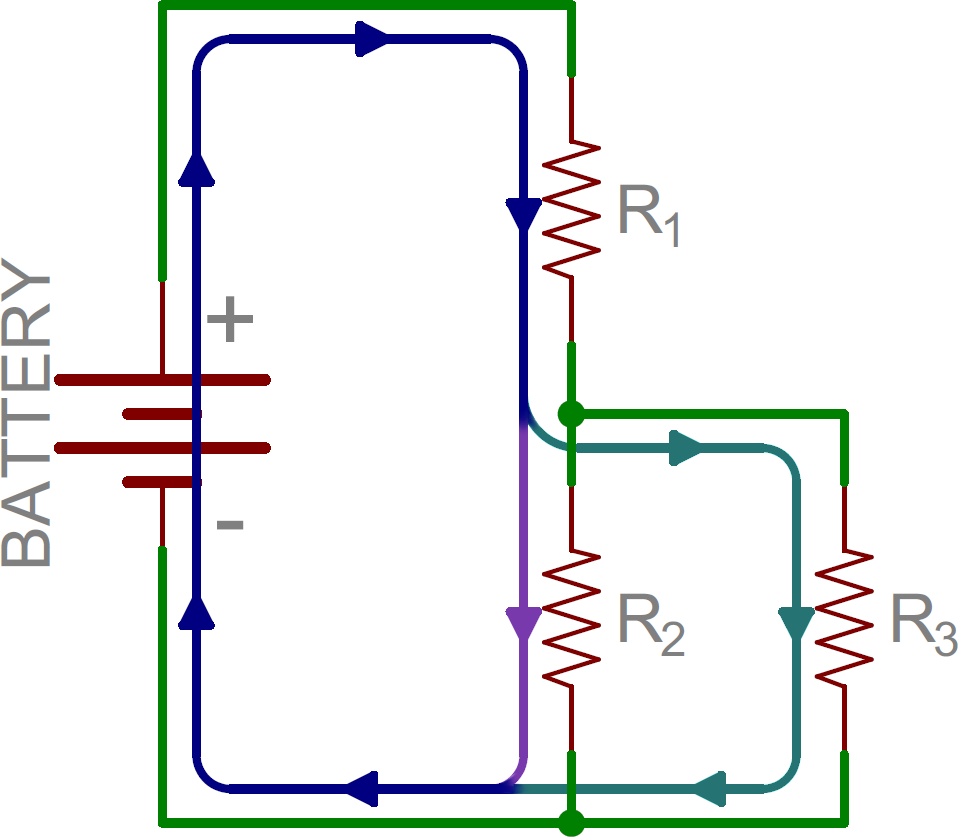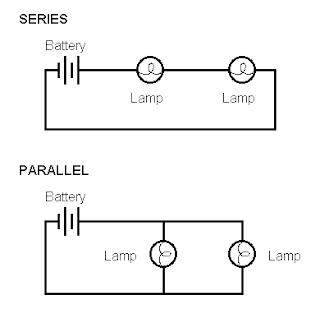
For example, if the supply voltage was 600 volts there might be eight 70-volt bulbs in series (total 560 volts) plus a resistor to drop the remaining 40 volts. Series circuits were formerly used for lighting in electric multiple units trains. Two disposable zinc cells in series might power a flashlight or remote control at 3 volts the battery pack for a hand-held power tool might contain a dozen lithium-ion cells wired in series to provide 48 volts. L t o t a l = L 1 + L 2 + ⋯ + L n Applications Ī common application of series circuit in consumer electronics is in batteries, where several cells connected in series are used to obtain a convenient operating voltage. In parallel circuits, each light bulb has its own circuit, so all but one light could be burned out, and the last one will still function. If one bulb burns out in a series circuit, the entire circuit is broken.

In a series circuit, every device must function for the circuit to be complete. If the light bulbs are connected in parallel, the currents through the light bulbs combine to form the current in the battery, while the voltage drop is 12-volts across each bulb and they all glow. If the four light bulbs are connected in series, the same current flows through all of them and the voltage drop is 3-volts across each bulb, which may not be sufficient to make them glow. If each bulb is wired to the battery in a separate loop, the bulbs are said to be in parallel. If a wire joins the battery to one bulb, to the next bulb, to the next bulb, to the next bulb, then back to the battery in one continuous loop, the bulbs are said to be in series.

Ĭonsider a very simple circuit consisting of four light bulbs and a 12-volt automotive battery. In a parallel circuit, the voltage across each of the components is the same, and the total current is the sum of the currents flowing through each component. In a series circuit, the current that flows through each of the components is the same, and the voltage across the circuit is the sum of the individual voltage drops across each component. Many circuits can be analyzed as combination of series and parallel circuits, along with other configurations. The two preceding statements are equivalent, except for exchanging the role of voltage and current.Ī circuit composed solely of components connected in series is known as a series circuit likewise, one connected completely in parallel is known as a parallel circuit. The current through the network is equal to the sum of the currents through each component. Ĭomponents connected in parallel are connected along multiple paths, and each component has the same voltage across it, equal to the voltage across the network. The voltage across the network is equal to the sum of the voltages across each component. This article will use "component" to refer to a two-terminal "object" that participate in the series/parallel networks.Ĭomponents connected in series are connected along a single "electrical path", and each component has the same current through it, equal to the current through the network. resistors in series) is a matter of perspective.

a resistor) or an electrical network (e.g. Whether a two-terminal "object" is an electrical component (e.g. The resulting electrical network will have two terminals, and itself can participate in a series or parallel topology. Two-terminal components and electrical networks can be connected in series or parallel.

A series circuit with a voltage source (such as a battery, or in this case a cell) and 3 resistance units


 0 kommentar(er)
0 kommentar(er)
